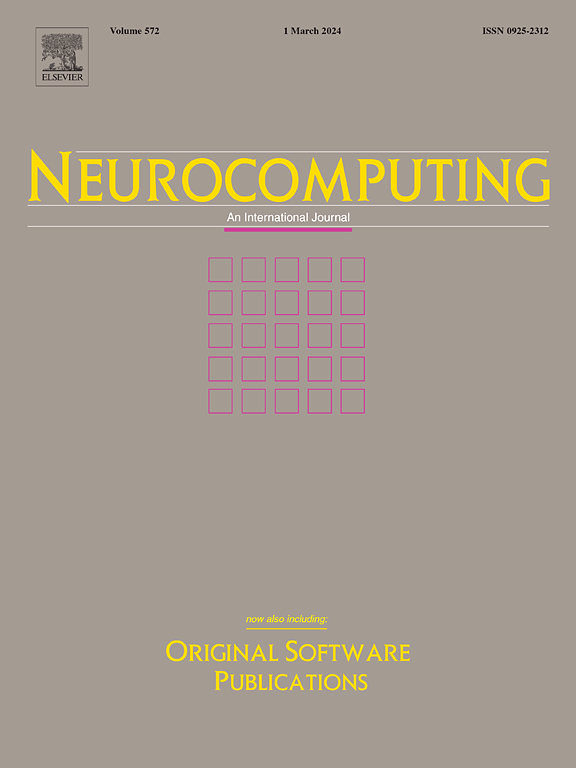Adversarial erasure network based on multi-instance learning for weakly supervised video anomaly detection
IF 5.5
2区 计算机科学
Q1 COMPUTER SCIENCE, ARTIFICIAL INTELLIGENCE
引用次数: 0
Abstract
Weakly supervised video anomaly detection (WSVAD) aims to precisely locate temporal windows of abnormal events in untrimmed videos using only video-level labels. By accurately locating anomalies, WSVAD has great application potential in the security domain and contributes to the progress of smart city development. However, the lack of frame-level annotations during training makes it highly challenging to infer the status of each frame. Multiple-Instance Learning (MIL) is the dominant method in WSVAD. Due to the limitation of video-level annotations, most MIL-based methods detect obvious abnormal segments to represent the overall anomaly level of the video while overlooking weak abnormal segments. To focus on the discrimination of weak anomalies, we propose a novel WSVAD framework named Adversarial Erasure Network (AE-Net). AE-Net consists of two key components: (1) a dual-branch architecture that highlights weak anomalies by erasing the most obvious abnormal features and combining the erased features with the original ones. (2) a novel triplet loss function that improves weak anomaly representation by separating abnormal and normal features in the erased feature space. Through the above design, AE-Net can reduce false negatives in real-world anomaly detection. Extensive experiments on three WSVAD benchmarks demonstrate that our method outperforms most existing state-of-the-art methods. Specifically, AE-Net achieves an AUC of 88.40% on the UCF-Crime dataset and 98.27% on the ShanghaiTech dataset, which demonstrates that AE-Net can effectively distinguish between normal and abnormal events. Moreover, AE-Net achieves an AP of 85.13% on the XD-Violence dataset, which highlights that AE-Net can accurately detect abnormal events.
求助全文
约1分钟内获得全文
求助全文
来源期刊

Neurocomputing
工程技术-计算机:人工智能
CiteScore
13.10
自引率
10.00%
发文量
1382
审稿时长
70 days
期刊介绍:
Neurocomputing publishes articles describing recent fundamental contributions in the field of neurocomputing. Neurocomputing theory, practice and applications are the essential topics being covered.
 求助内容:
求助内容: 应助结果提醒方式:
应助结果提醒方式:


